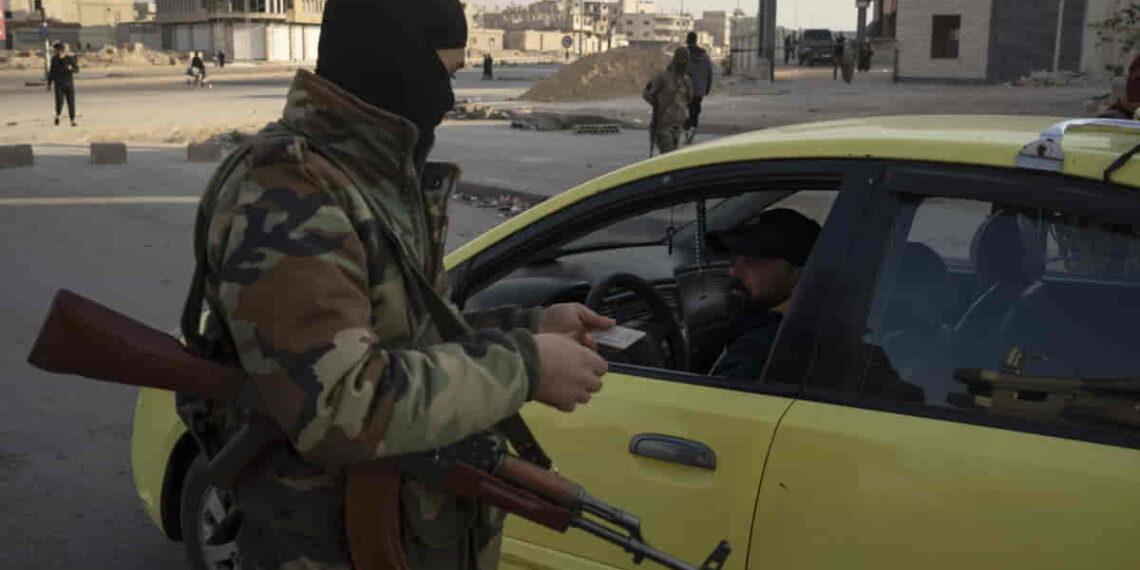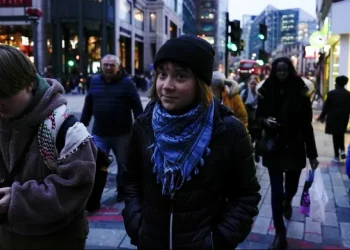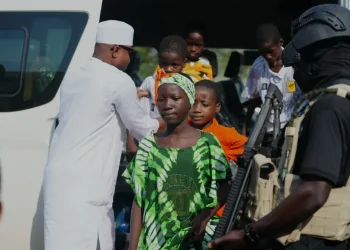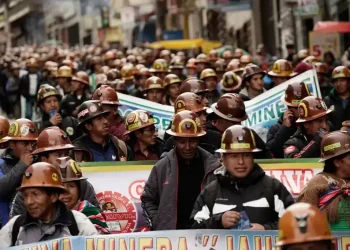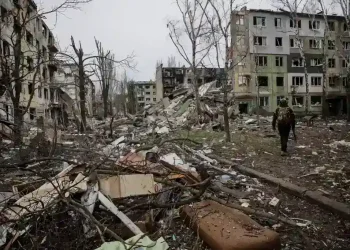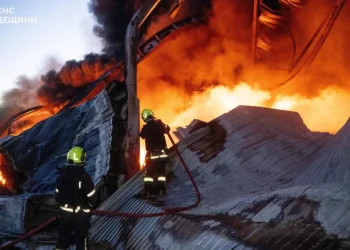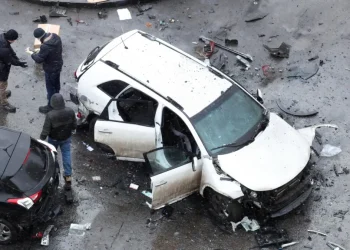Uneasy Calm in Homs After Sectarian Violence Sparks Fears of Renewed Conflict
The Syrian city of Homs experienced a tense calm on Thursday, a day after sectarian violence erupted, raising concerns about the fragile peace in the post-Assad era. Security forces patrolled the city, set up checkpoints, and conducted vehicle searches in an effort to prevent further unrest.
Heightened Security Amid Tensions
The streets of Homs, Syria’s third-largest city, were lined with checkpoints as security forces searched for weapons and verified IDs. Formerly under the control of Bashar Assad, the city now hosts a mixed population of Sunnis, Shias, Alawites, and Christians.
The new security forces, controlled by the former insurgent group Hayat Tahrir al-Sham (HTS), face significant challenges. In contrast to the lax checks on the road from Damascus, security personnel in Homs thoroughly inspected vehicles and trunks.
The focal point of Wednesday’s unrest was Freedom Square—formerly named after Hafez Assad—where protests by members of the Alawite minority turned violent. A lone foot from a toppled statue of the elder Assad remains in the square, symbolizing the city’s shift in power.
Protests and Violence
The protests, triggered by a viral video of an Alawite shrine being vandalized, began peacefully, according to Alaa Amran, Homs’ newly appointed police chief. However, violence erupted when “suspicious parties… related to the former regime” opened fire on both demonstrators and security forces, resulting in injuries.
In response, a curfew was imposed, and security forces flooded the area to restore order. Residents like Mohammad Ali Hajj Younes, an electrician, identified the culprits as remnants of Assad’s loyalist militias, known locally as shabiha.
Violence Spreads Across Syria
The unrest in Homs coincided with attacks near Tartous, where pro-Assad militants killed 14 members of the new security forces and injured 10 others. Retaliatory raids followed, targeting Assad loyalists in rural Homs. Clashes also broke out in the village of Balqasa, further fueling fears of escalating violence.
Many worry that Syria’s fragile peace could collapse into sectarian conflict as the country struggles to rebuild after 14 years of civil war. “Some external parties may want to drag Syria back into sectarian strife,” warned Amran.
Hope Amid Uncertainty
Despite initial fears, many residents in Homs express cautious optimism about the new leadership under HTS. Ahmad al-Bayyaa, an Alawite from Homs, shared his initial apprehension when returning to the city but was relieved to find no hostility.
“We were afraid of being targeted because of our identity, but nothing like that happened,” said al-Bayyaa, who once lived in hiding to avoid conscription into Assad’s forces.
In a predominantly Christian suburb, residents embraced the holiday season with a giant Santa Claus display and Christmas festivities. Sarab Kashi, a Fayrouzeh resident, noted that HTS guards even volunteered to protect churches during celebrations, a gesture that reassured the community.
Challenges for the New Administration
HTS leader Ahmad al-Sharaa, formerly known as Abu Mohammed al-Golani, has distanced the group from its al-Qaida origins and promoted religious coexistence. However, the group faces the challenge of unifying Syria’s fragmented rebel factions into a national army while addressing security gaps.
Recruitment for new police forces is underway, but the numbers remain insufficient, and the proliferation of weapons among civilians complicates stabilization efforts. Different armed factions continue to patrol Homs, often in uneasy coordination.
Fears of Renewed Conflict
The events of Wednesday highlight the volatility of Syria’s current state. Residents like al-Bayyaa fear a return to the darkest days of the civil war. “Some people want to take the country backwards,” he said, “but no one wants to go back 14 years.”
As Homs and the rest of Syria navigate this precarious moment, the hope for lasting peace is tempered by the ever-present risk of renewed violence.
This article was rewritten by JournosNews.com based on verified reporting from trusted sources. The content has been independently reviewed, fact-checked, and edited for accuracy, neutrality, tone, and global readability in accordance with Google News and AdSense standards.
All opinions, quotes, or statements from contributors, experts, or sourced organizations do not necessarily reflect the views of JournosNews.com. JournosNews.com maintains full editorial independence from any external funders, sponsors, or organizations.
Stay informed with JournosNews.com — your trusted source for verified global reporting and in-depth analysis. Follow us on Google News, BlueSky, and X for real-time updates.
